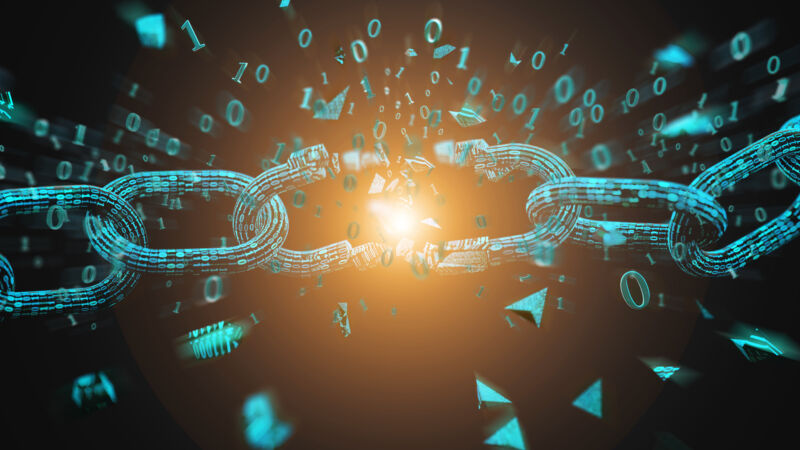You have a business to protect. If your title is chief risk officer or another position where you’re overseeing efforts in areas such as anti-money laundering (AML), know your customer (KYC), or customer due diligence (CDD), you need access to all the best data discovery tools available.
But what if those tools you have are out of date, hard to use, or don’t work together? How effective are they when it comes to detecting and preventing fraud? How effective is your team in stopping the damage that fraudsters can do to your organization? You might be using data discovery systems that are heavily manual and labor-intensive. Many of your team or department may be using different information sources and following different risk models.
The perils of faulty or incomplete due diligence are immense. If your organization can’t thoroughly vet a potential customer or vendor, it could be making itself vulnerable not only to fraud but also to legal liabilities. It could be at risk of lost revenue, lost customers, and damage to your company’s reputation that can take a long time to repair. It could even be in danger of shutting down.
Proliferating perils
Financial institutions, especially smaller ones, are particularly in the danger zone. Many banks and credit unions have substantially more risk in their portfolios than they may realize or have accounted for. And regardless of their size, they’re under increasing pressure to prevent fraud. Among their other regulatory requirements, financial institutions must now also contend with the 2018 Treasury Department’s CDD rules, which require them to gather, verify, and record the identities of the individuals who own and control a company when it opens an account. Otherwise, financial services organizations may end up doing business with or facilitating the activities of financial criminals, terrorist organizations, or other bad actors.
Financial services businesses aren’t the only ones facing increasing pressure to verify customer identities. There are numerous reasons for businesses to confirm that customers are who they say they are. Retailers, for instance, are constantly confronting transactional fraud. Even small businesses that think themselves too tiny a target for cyberattacks are being hit with costly phishing attacks and data theft from what appear to be legitimate vendors and customers.
In short, every type of business is under pressure to quickly and reliably identify potential fraudsters. That’s why having access to high-quality data is crucial. But using older, manual processes can result in retrieving information that is out of date, irrelevant, or even wrong. Even if the data you uncover is reliable, it can lack the details and context that you and your team need to make in-depth investigations and correct decisions about customers and vendors.
What’s more, older methods of data discovery can be time-consuming. Team members might accidentally cut corners in their research so that they can get through all the work on their plate.
And of course, due diligence works both ways. Customers and vendors are also evaluating businesses and seeing how well they identify and prevent fraud. After all, they don’t want to put the data that they share at risk.
What’s lacking, what’s needed
If the tools you use to manage risk aren’t working consistently across teams or processes, how can you be truly certain of the identity of a customer, vendor, or potential business partner? Failing to spot any red flags costs your business or financial institution millions in losses, fines, or both.
The manual methods and legacy solutions typically become unsustainable as organizations grow, technology advances, and demands on risk management teams’ time intensify. The good news is that there are numerous digital identity verification tools on the market that can make the process for identifying potential fraudulent activity more efficient.
But there’s a caveat: The process of preventing, detecting, and investigating risk and fraud requires many different steps. Reams of data need to be compared and verified for their accuracy. And while individual methods for identifying potential risks can be useful, they’re less effective if they don’t “talk to” each other.
So where does all this leave you, your team, and your organization? What you probably are seeking is a single digitally based risk solution that can accurately and efficiently pull together all the information you and your team need to determine the level of risk your business or financial institution is facing at every stage of your onboarding and relationship with a new customer, vendor, or potential business partner.
Businesses of all kinds can benefit from an end-to-end solution for risk and fraud investigation and prevention.










